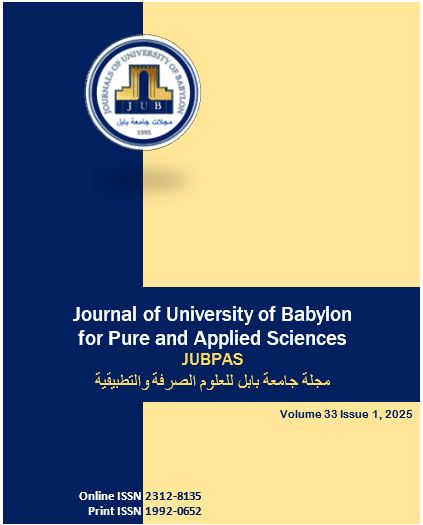Phenotypic and Molecular Identification of R. dentocariosa Bacteria from Samples Isolated from the Oral Cavity.
Main Article Content
Abstract
Background
Rothia dentocariosa is a part of the normal flora found in the oral cavity of many humans, which can become opportunistic pathogens in cases of oral infections, diseases, and viral infections such as coronavirus, and other causes that may lead to immunodeficiency in the host.
Material and methods
A total of 120 samples (swabs) were collected from the oral cavity of individuals suffering from gum and dental problems. Phenotypic, biochemical, and molecular tests were conducted on the collected samples to obtain the necessary results.
Results
After culturing and biochemical testing, 25 samples containing the target bacteria were identified. Following the application of PCR technique on the isolates using a specific primer for R. dentocariosa and conducting gel electrophoresis, the results showed 11 positive samples out of 25 isolates, with genetic bands at a single molecular level, and a molecular weight of (551 bp).
Conclusions
The DNA sequencing of the positive isolates was conducted, and a phylogenetic tree was constructed to determine their genetic similarity with isolates registered in the NCBI-GenBank.
Article Details

This work is licensed under a Creative Commons Attribution 4.0 International License.
